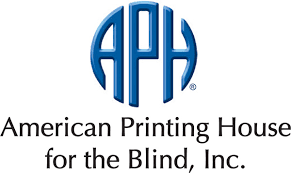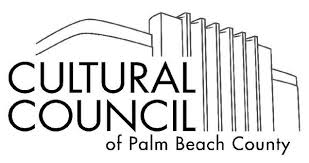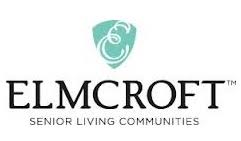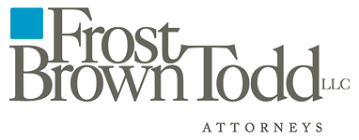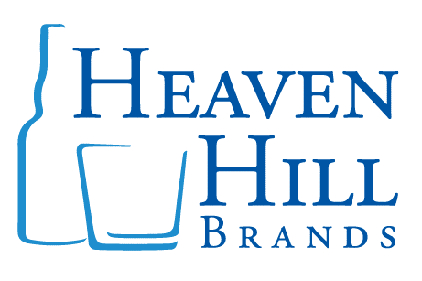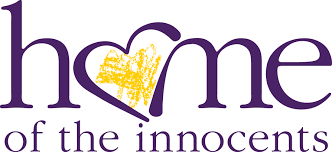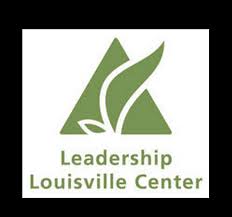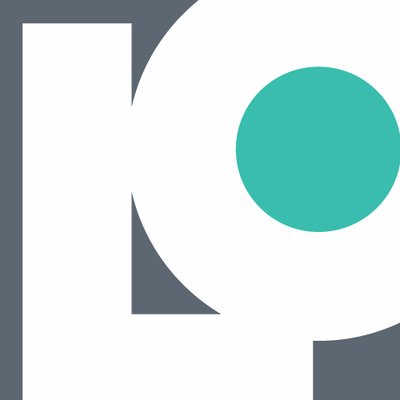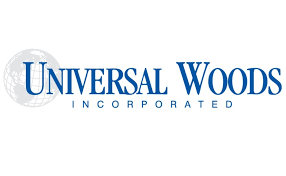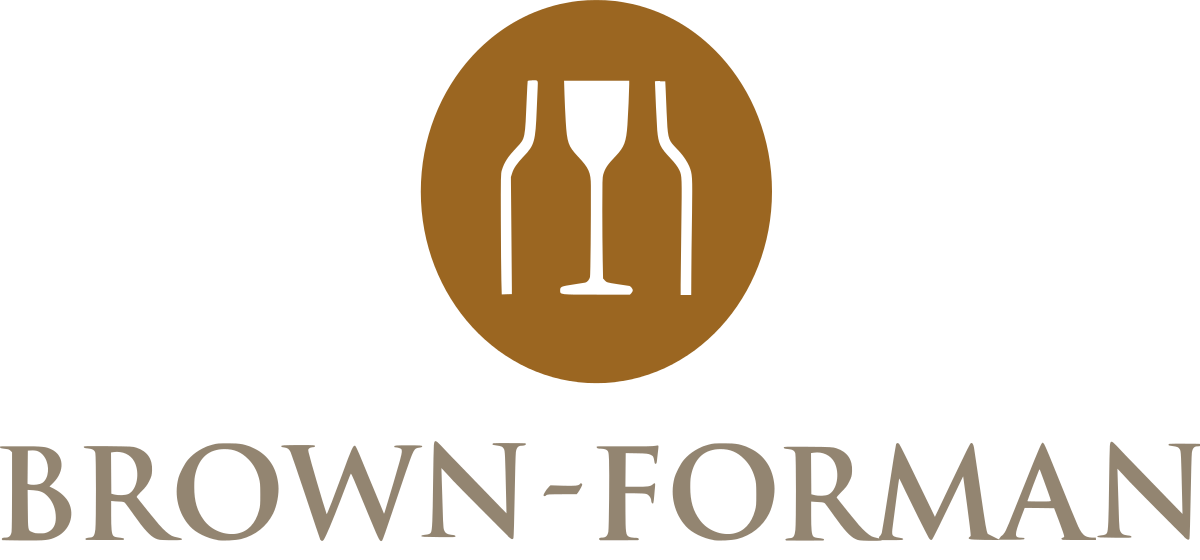Organizational Change Resources:
- Appreciative Inquiry: Change at the Speed of Imagination by Jane Magruder Watkins and Bernard J. Mohr, 2011.A guide to Appreciative Inquiry for leaders.
- Best Practices in Organizational Development and Change: Culture, Leadership, Retention, Performance, Coaching edited by Louis Carter, David Giber, and Marshall Goldsmith, 2001. Resources for ideas and strategies for successful organization and human resource programs.
- HBR’s 10 Must Reads on Change Management, 2011. A collection of articles from the Harvard Business Review to help you spearhead change in your organization.
- The Heart of Change: Real–Life Stories of How People Change Their Organizations by John P. Kotter and Dan S. Cohen, 2012. How to go beyond getting the message across to change behavior.
- “How Great Leaders Inspire Change” by Simon Sinek, Ted Talks, September 2009. A simple but powerful model for inspirational leadership all starting with a golden circle and the question “Why?”
- Leading Change by John P. Kotter, 2012. An eight-step process to achieve change goals and understanding how people derail from objectives.
- Managing Transitions: Making the Most of Change, by William Bridges, 2009. Practical, step-by-step strategies for minimizing the disruptions caused by workplace change.
- Our Iceberg is Melting: Changing and Succeeding under Any Condition by John Kotter and Holger Rathgeber, 2006. A simple fable about successfully responding to change in an ever-changing world.
- Switch: How to Change Things When Change is Hard by Chip Heath and Dan Heath, 2010. Why is it so hard to make lasting changes in our companies, in our communities, and in our own lives? The primary obstacle is a conflict that’s built into our brains.
- “Tribal Leadership” by David Logan, Ted Talks, March 2009. An explanation of the five kinds of tribes that humans naturally form — in schools, workplaces, even the driver’s license bureau. By understanding our shared tribal tendencies, we can help lead each other to become better individuals.
- “What’s So Hard about Corporate Change?” by Peter Cheese, Fortune, May 20, 2013. Addresses the typical barriers to business change.
- Influencer: The New Science of Leading Change by Joseph Greeny, Kerry Patterson et al., 2013. A behavior-based look at impacting change. Weaves behavioral principles and real life successes to highlight the benefits of the authors’ process.
- The Power of Habit by Charles Duhigg, 2014. An explanation on why habits exist and how we can change them for ourselves and others
- Conversational Capacity by Craig Weber, 2013. A communication framework to ensure your team can discuss their most troublesome issues and maintain peak performance in high-stress times.
- Made to Stick: Why Some Ideas Die and Others Survive by Chip Heath and Dan Heath, 2007. A look at the psychology behind “stickiness”: slogans or ideas that are unforgettable.
Appreciative Inquiry/Positive Psychology Resources
- If you are interested in learning more about Appreciative Inquiry,a model that creates positive, generative, sustainable change by identifying and expanding the “positive core” of issues, read this article posted on Mind Tools.
- The Appreciative Inquiry Commons site is devoted to the sharing of academic resources and practical tools on Appreciative Inquiry and the rapidly growing discipline of positive change.
- The Center for Appreciative Inquiry is your resource guide for learning more about this approach.
- Appreciative Inquiry Handbook: For Leaders of Change by David L. Cooperrider, et al., 2008. Explains in-depth what AI is and how it works, and includes stories of AI interventions and classic articles, sample project plans, interview guidelines, participant worksheets, a list of resources, a glossary of terms, and more.
- Appreciative Team Building: Positive Questions to Bring Out the Best of Your Team by Diana Whitney, et al., 2004. Learn how to enhance your team’s performance by igniting engaging conversations.
- The Power of Appreciative Inquiry: A Practical Guide to Positive Change by Diana Whitney, et al., 2010. A how-to book that describes the newest ideas and practices in the field of Appreciative Inquiry since its inception in 1985.
- “Positive Intelligence” by Shawn Anchor, Harvard Business Review, 2012. When people work with a positive mind-set, performance on nearly every level – productivity, creativity, engagement – improves.
- “5 Quick Ways You Can Bring Positive Psychology to Your Work Place” by Alexa Thompson, Forbes, 2012.
Facilitation and Team Building Resources
- The International Association of Facilitators is a tremendous resource for facilitators of all experience levels. Their conferences are terrific. Visit their site to see the conference proceedings and to learn more.
- If you are interested in games and game design in learning about simulations, look at the NASAGA site.
- Mind Tools can help you become exceptionally effective, be a great manager and leader, be more successful in your career – and even become happier at work.
- Grove facilitators are the acknowledged leaders in integrating facilitation and graphic templates to lead groups toward agreed-upon goals. Visit this site to learn more about The Grove Consultants International.
- The Center for Graphic Facilitation includes tips, methods, and tools for working with visual learners.
- Visit Future Searches to get more information on marketing news and helpful SEO, social media and website design techniques.
- Facilitating with Ease: Core Skills for Facilitators, Team Leaders, Members, Managers, Consultants and Trainers by Ingrid Bens, 2012. Contains tips, tools, and wisdom for facilitation. Includes online content with customizable worksheets to fit your needs.
- The Skilled Facilitator by Roger Schwarz, 2002. Guides groups to realizing their creative and problem-solving potential. Check out Roger Schwarz website for more information on his leadership work.
- The Fifth Discipline: The Art and Practice of Learning Organizations by Peter M. Senge, 2006. The blueprints of organizational change, people expanding, and how to get results. The concepts in this classic book are foundational to organizational and personal change management.
- The Fifth Discipline Fieldbook: Strategies and Tools for Building a Learning Organization by Peter Senge, 1994. How to bring the five learning disciplines to life in your organization.
- Future Search: An Action Guide to Finding Common Ground in Organizations and Communities by Marvin Weisbord, 2012. Principles, techniques, and examples to plan the future.
- The Six Sigma Handbook, Revised and Expanded: The Complete Guide for Green Belts, Black Belts, and Managers at All Levels by Thomas Pyzdek, 2009. A description of the statistical tools and problem-solving techniques that comprise Six Sigma and how to use them.
Executive Coaching (General) Resources
- The Art of Speedreading People: How to Size People Up and Speak Their Language by Paul Tieger and Barbara Barron-Tieger, 1999. Shows how to identify personalities and how to use this information to communicate effectively and achieve faster results.
- The Center for Creative Leadership Handbook of Leadership Development edited by McCauley, Ruderman, and Van Velsor, 2010. An explanation of elements of leadership development.
- The CEO and the Consigliore: 7 lessons from a Masterful Coach by Robert Hargrove, available summer 2013. Lessons, in the form of a narrative, intended to inspire you to achieve absolute greatness by realizing your highest personal and organizational ambitions.
- Difficult Conversations: How to Discuss What Matters Most by Douglass Stone, Bruce Patton, and Sheila Heen, 2010. Step-by-step approach on how to have tough conversations with success.
- Getting to Yes: Negotiating Agreement Without Giving In by Roger Fisher, William Ury, and Bruce Patton, 2011. (an update of the classic, first issued in 1991.) Methods for negotiating disputes.
- “The Job No CEO Should Delegate” by Larry Bossidy, Harvard Business Review. March 2001.
- “Level Five Leadership: The Triumph of Humility and Fierce Resolve” by Jim Collins, Harvard Business Review. July 2005.
- The Mindful Coach: Seven Roles for Facilitating Leader Development by Douglas K. Silsbee, 2007. Leaders of all kinds can benefit from Silsbee’s clear and caring process for bringing out the best in people. This is a must-read book for anyone who wants to jump-start themselves and others on their journey to fulfilling their potential.
- The New Leader’s 100-Day Action Plan: How to Take Charge, Build Your Team, and Get Immediate Results by George Bradt, Jayme Check, and Jorge Pedraza, 2011 contains expert guidance to prepare executives for their new leadership roles, accelerate their results, and reduce turnover.
- “Personal Best: Top Athletes and Singer Have Coaches. Should You?” by Atul Gawande, The New Yorker Magazine, October 3, 2011. No matter how well-trained people are, few can sustain their best performance on their own. That’s where coaching comes in.
- Primal Leadership: Realizing the Power of Emotional Intelligence by Daniel Goleman et. al, 2002. Using Emotional Intelligence concepts to change leadership styles as the situation demands.
- The Transparency Edge by Elizabeth Pagano, 2005. A timely, instructional guidebook for organizational leaders who must establish and maintain credibility.
- What Got You Here Won’t Get You There: How Successful People Become Even More Successful by Marshall Goldsmith and Mark Reiter, 2007. Twenty bad habits that stifle already-successful careers and how to break them. The principals apply to marriage and parenting, too. Check out the roundtable comic adaption of the book here.
- “Why We Have too Few Women Leaders” by Sheryl Sandberg. Ted Talk. December 2010. Facebook COO Sheryl Sandberg looks at why a smaller percentage of women than men reach the top of their professions — and offers 3 powerful pieces of advice to women aiming for the C-suite.
- “Why You Need A Leadership Coach” by John Baldoni, Inc., January 11, 2012. To get the truth about how you’re running your company, you’ll need someone with an outside perspective.
- “The Wild West of Executive Coaching” by Stratford Sherman and Alyssa Freas, Harvard Business Review. November 2004.
- “Contact Tracker Sheet” by Ken Hoffman, October 2015.
Emotional Intelligence:
- Emotional Intelligence 2.0 by Travis Bradberry and Jean Greaves, 2009. A step-by-step program for increasing your EQ via four core EQ skills that enable you to achieve your full potential.
- Emotional Intelligence: Why it can Matter More Than IQ by Daniel Goleman, 2006. Western cultures esteem analytical skills measured by IQ tests – but there is clearly more to success and happiness (even in technological societies) than IQ alone. Goleman has written one of the best books on the nature and importance of other kinds of intelligence besides our (perhaps overly) beloved IQ.
- The Emotional Intelligent Quickbook: Everything You Need to Know by Travis Bradberry and Jean Greaves, 2005. Introduces a highly important skill for personal and professional success – and it is excellent.
- Primal Leadership: Learning to Lead with Emotional Intelligence by Daniel Goleman, Richard E. Boyatzis, and Annie McKee, 2004. Leaders’ main task is to prime good feeling in their followers. So individuals must gain a strong understanding of emotional intelligence to be better leaders.
Assessments (See also: MBTI):
- The Art of Speedreading People: How to Size People Up and Speak Their Language by Paul Tieger and Barbara Barron-Tieger, 1999. Shows how to identify personalities and how to use this information to communicate effectively and achieve faster results.
- Now, Discover Your Strengths by Marcus Buckingham & Donald O. Clifton, 2001. The inside flap of the book’s jacket includes a unique identification number that allows you access to the StrengthsFinder Profile on the Internet. This web-based assessment analyzes your instinctive reactions and immediately presents you with your five most powerful signature themes.
- StandOut: The Groundbreaking New Strengths Assessment from the Leader of the Strengths Revolution by Marcus Buckingham, 2011. This books and online assessment tool help you identify your top two Strength Roles and offer practical ideas that you can use to find your edge and win at work. This is the latest of Marcus Buckingham work based theStrengthsFinder assessment tool.
Managing People:
- “4 Leadership Messages that Your Talent Needs to Hear” by Stephanie Lischke and Joel Wright, Forbes, June 13, 2012. Expand and amplify your organization’s leadership by looking beyond your proven superstars and management-track talent.
- “How to Manage Through Chaos” by Jim Collins, Fortune, September 30, 2011. How to rise to greatness in a time of upheaval, disruption, and economic turmoil.
- Management Skills for New Managers by Carol W. Ellis, 2004. An introduction to everything you need to smooth the jump to management and be effective right from your first day.
- “Managing and Motivating Employees in Their Twenties” by Michael Fertik, Harvard Business Review Blog, January 19, 2011. Twelve tips for managing Millennials.
- Skills for New Managers by Morey Stettner, 2d edition available November 2013. A short, highly focused model to help you flourish as a manager. Addresses hiring, criticism and discipline, and leadership.
- “3 Tips for Surviving As a First-Time Manager” by Bill Gentry, Forbes, May 10, 2013. Three strategies to help you survive the first-time manager blues and boost your ability to be an effective leader
- “3 Ways to Develop Your People Without Overwhelming Yourself” by Michael Campbell, Forbes. January 29, 2011. When it comes to developing people, your job is to ensure that you have the talent to meet current and future challenges. An efficient, effective way to do this is to take a network approach to development.
- Training in Interpersonal Skills: Tips for Managing People at Work by Stephen P. Robbins and Phillip L. Hunsaker, 2012. An applied approach to developing and practicing interpersonal skills.
Strategic Planning Resources:
- Built to Last: Successful Habits of Visionary Companies by Jim Collins and Jerry Porras, 2004. A look at why American corporations last.
- “The Business of Communicating Values” by Rosanna M. Fiske, Harvard Business Review Blog, July 26, 2011. Why it’s important to develop your organization’s values and how to better communicate them.
- Competitive Advantage: Creating and Sustaining Superior Performance by Michael E. Porter, 1998. A classic on the how, what, and why of competitive strategy.
- Control Your Destiny or Someone Else Will by Noel M. Tichy and Stratford Sherman, 2005. Study of Jack Welch’s principles on how anyone can succeed. The “Unofficial GE Leadership Handbook.”
- Good to Great: Why Some Companies Make the Leap…and Others Don’t by Jim Collins, 2001. Researchers discover the key determinants of great companies and how they got there.
- Good to Great and the Social Sectors: A Monograph to Accompany Good to Great by Jim Collins, 2005. Collins explains the subtle (but seismic) concepts of Good to Great for the social sector.
- On Competition by Michael E. Porter, 2008. An examination of the international economy.
- “Stating Your Mission in No Uncertain Terms” by Paul Brown, The New York Times, September 1, 2009. Tips on how to write a mission statement.
General:
- Thinking Fast and Slow by Daniel Kahneman, 2013. One of the fathers of behavioral economics takes a deep look at the conscious and subconscious mind to detail how to make decisions.
- Your Brain at Work: Strategies for Overcoming Distraction, Regaining Focus, and Working Smarter All Day Long by David Rock, 2009. A look at the way our natural brain function can hinder our productivity and how we can best utilize these functions to our advantage. Told through vignettes of a day in the life of a set of working parents.
Emotional Intelligence:
- Search Inside Yourself: The Unexpected Path to Achieving Success, Happiness (and World Peace) by Chade-Meng Tan, 2014. A look at improving emotional intelligence through mindfulness. Mixes practical lessons and principles with easy-to-follow mindfulness exercises.
- HBR’s 10 Must Reads on Emotional Intelligence by HBR, 2016. A collection of pieces from the Harvard Business Review on how to boost emotional skills.
Assessments:
- StrengthsFinders 2.0 by Tom Rath, 2007. An assessment by Gallup to identify what you do best and provide strategies for building on those strengths.
Managing People:
- Drive: The Surprising Truth About What Motivates Us by Daniel Pink, 2011. A counterintuitive look at motivation at work, and specifically the factors that lead people to be intrinsically motivated and do their best work.
- Creativity, Inc.: Overcoming the Unforeseen Forces That Stand in the Way of True Inspiration by Ed Catmull, 2014. A deep dive into the management philosophy at Pixar Animation Studios, and how they’ve built a high-functioning environment that thrives on creativity.
- Quiet: The Power of Introverts in a World That Can’t Stop Talking by Susan Cain, 2013. We consistently underrate the value of introverts to organizations, and that has real costs. This book details the reasons why we have an extroversion-bias and how to manage the introverts in your organization.
STRATEGIC PLANNING:
- HBR’s 10 Must Reads on Strategy by HBR, 2016. A collection of pieces from the Harvard Business Review to help catalyze strategy development and execution at your organization.



